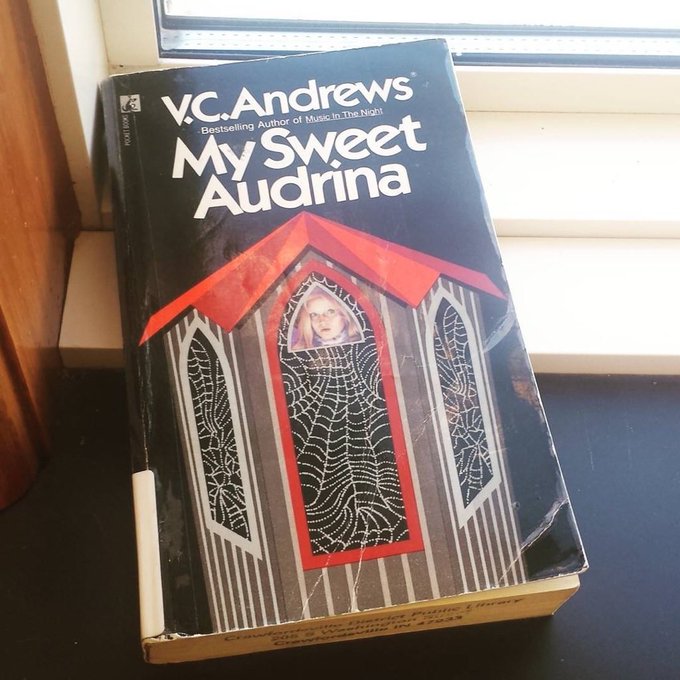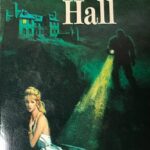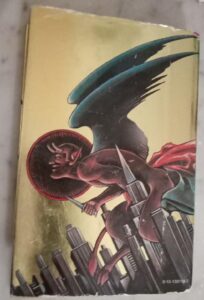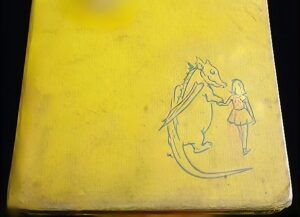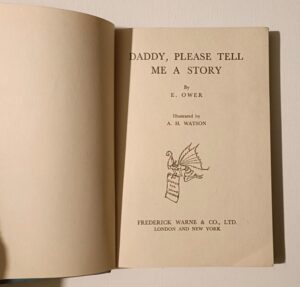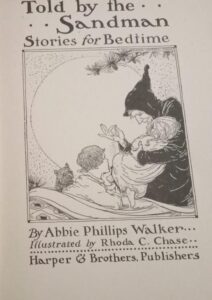In The Haunting Psycho-Realm of My Sweet Audrina
A nightmare fiction that became a nightmare reality.
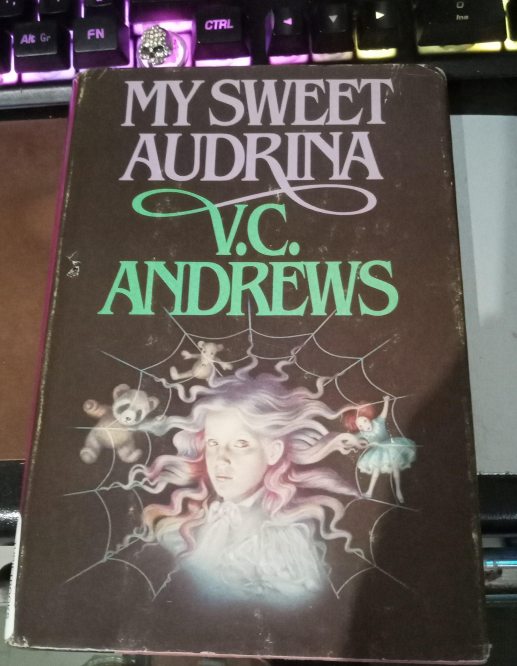
V.C. Andrews’s My Sweet Audrina is a haunting exploration of memory, identity, and familial control that stands apart as her only stand-alone novel published during her lifetime.
Set in a sprawling Victorian mansion shrouded in secrets, the story follows Audrina Adare, a young woman trained to replace her deceased sister through a peculiar blend of psychological conditioning and self-hypnosis. Against a backdrop of Southern Gothic decay and pervasive time disorientation, Audrina’s fragmented reality gradually reveals a deeply disturbing truth about the cycles of abuse and erasure that define her life.
The novel’s atmosphere is suffused with a persistent sense of claustrophobia and dread. Andrews masterfully employs sparse but evocative prose to create a dreamlike, almost narcotic pacing that mirrors Audrina’s own dissociative experience. The house, Whitefern, itself becomes a character—its shuttered windows and creaking floorboards conjuring a sense of imprisonment both physical and mental. The interplay between the characters—Audrina’s authoritarian father Damian, the bitter and crippled cousin Vera, and the haunting memory of “First Audrina”—engenders a simmering tension that feels as psychologically precise as it is melodramatic.
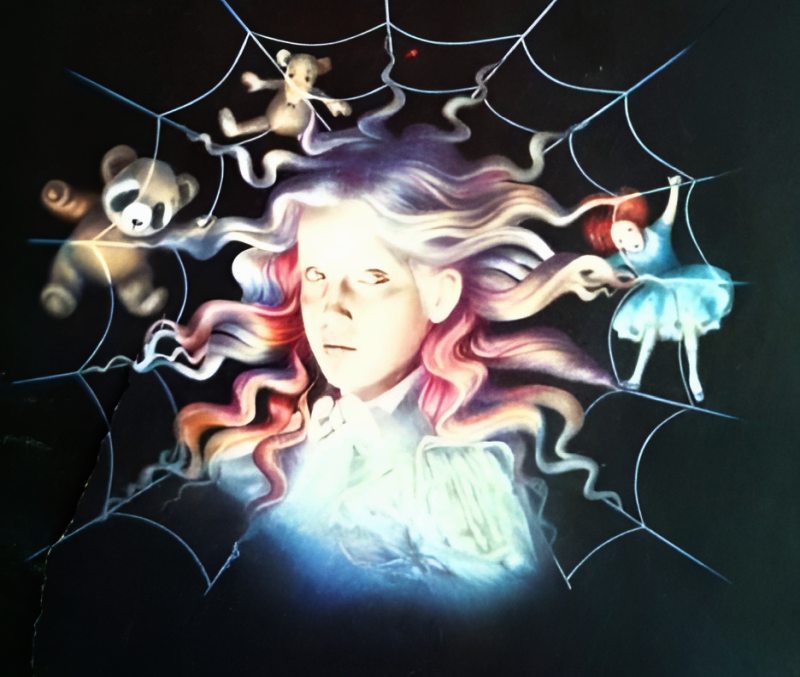
Beyond its gripping gothic suspense, the novel engages profoundly with themes of female identity erasure and violence. Through Audrina’s enforced substitution for her dead sister, Andrews critiques the destructive lengths to which patriarchal control can go, exploring how trauma can warp one’s sense of reality and self. This thematic core situates My Sweet Audrina within a lineage of Gothic and Southern Gothic literature, but Andrews’s accessible style and modern psychological insight elevate it into a timeless thriller that continues to resonate.
Collecting the book itself is a journey into literary history. The first edition hardback, published by Poseidon Press in August 1982, is notable for its distinctive teal-on-black dust jacket and limited print run, making signed copies highly sought after among collectors. The subsequent mass-market paperback appeared in 1983 under Pocket Books, with a subtly different design featuring holographic elements that recall the novel’s eerie motifs. These early editions encapsulate the height of Andrews’s original creative momentum before her passing in 1986 and the subsequent continuation of her literary estate by a ghostwriter under her name.

V.C. Andrews herself was born Cleo Virginia Andrews in 1923 in Virginia. Despite lifelong physical ailments that left her wheelchair-bound, she rose from a background in art to become a best-selling author, starting with the explosively popular Flowers in the Attic in 1979. Her work is often described as “fairy tales for adults,” blending gothic romanticism with taboo themes and psychological horror. The impact of her narratives has extended far beyond her death in 1986, with over 100 million copies sold worldwide, many authored posthumously by her estate’s appointed writer.
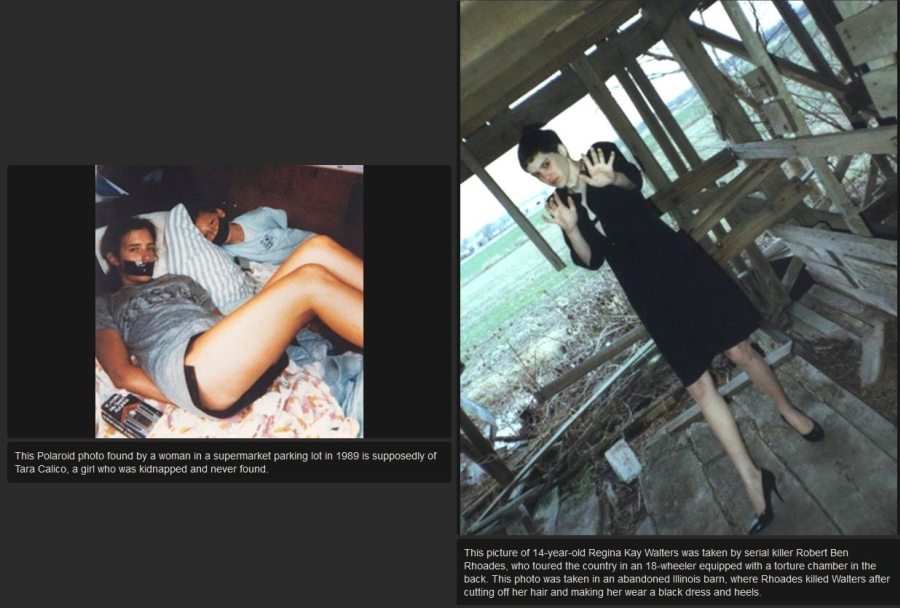
Arguably, the most chilling real-world connection to My Sweet Audrina is its place in the unresolved Tara Calico kidnapping mystery. Tara vanished in 1988 while cycling in New Mexico, and a year later, a Polaroid surfaced showing a gagged teenage girl and boy bound in a cargo van — with a paperback copy of My Sweet Audrina positioned near the girl’s head. Tara’s family identified the girl by a distinctive scar and Tara’s known fondness for Andrews’s novels. While forensic analyses have been inconclusive and law enforcement remains cautious, the image and the presence of this particular book add a disturbing dimension to the mystery, suggesting that the novel’s themes of captivity and lost identity echoed in an all-too-real nightmare.
This eerie intersection of literary fiction and true crime highlights the cultural resonance of My Sweet Audrina far beyond its pages. The novel’s exploration of trauma, dissociation, and survival feels heartbreakingly relevant in the light of Tara Calico’s disappearance, transforming the book into an unsettling symbol of voices trapped in silence.
For readers and collectors alike, My Sweet Audrina offers a darkly poetic journey through the depths of memory and control. Audrina’s fractured quest for selfhood endures as one of the most resonant and disturbing stories in modern gothic fiction, made all the more poignant by its tragic real-world associations and the enigmatic legacy of V.C. Andrews herself.
My Sweet Audrina endures because it alchemizes real-world anxieties—gendered violence, familial betrayal, the fragility of memory—into a melodrama as lush as it is unsettling. The book’s unexpected cameo in the Tara Calico mystery only amplifies its aura: a fictional scream echoing inside a very real void. For collectors, first editions represent both literary history and a macabre artifact culture; for readers, Audrina’s quest to reclaim her own name remains one of modern Gothic fiction’s most unforgettable rites of passage. Andrews wanted her stories to be “fairy tales for adults”—and in Audrina Adare she gave us a heroine who rocks forever between nightmare and awakening, asking us whether identity can ever be anything but a story we tell ourselves in the dark.
